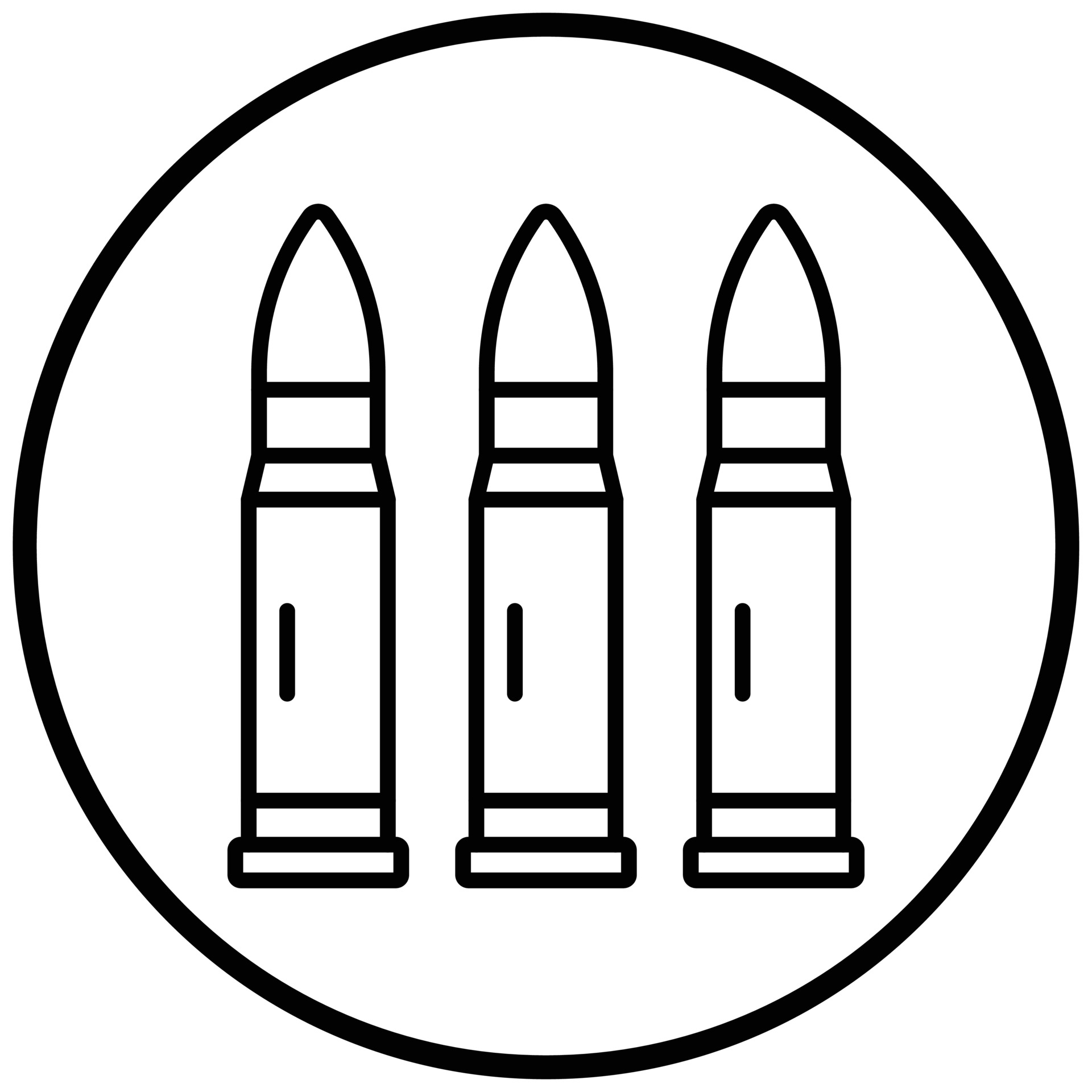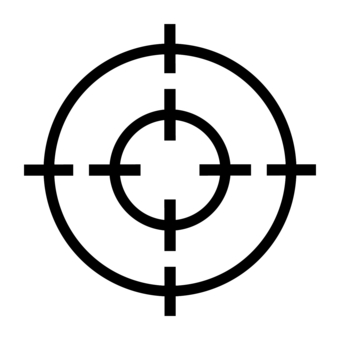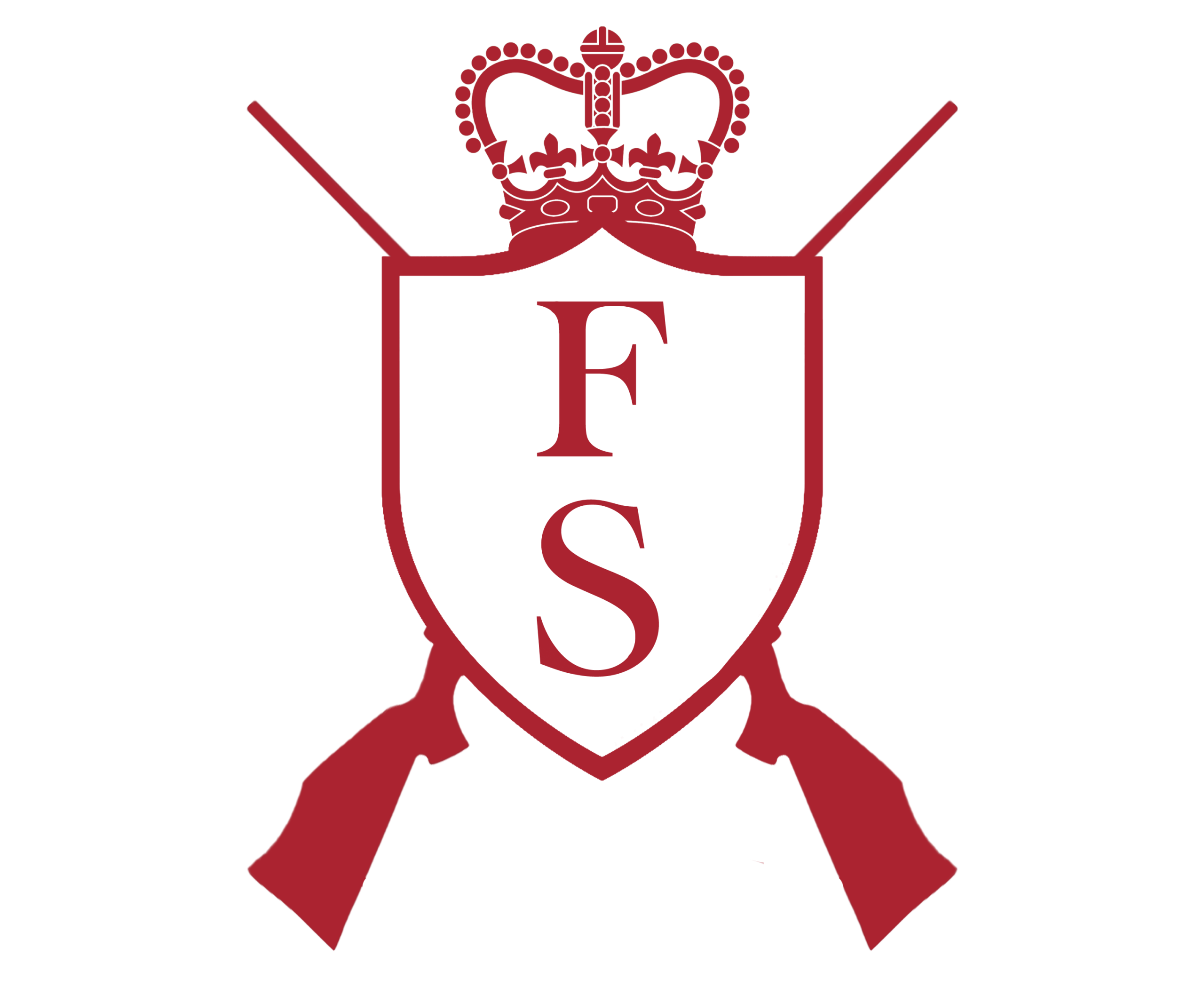Scottish Red Deer: The Majesty of the Highlands
The Scottish Red Deer: Monarch of the Highlands
Scotland’s red deer are the largest land mammals in the UK, dominating the rugged landscapes of the Highlands, glens, and moorlands. With their impressive antlers and rich russet coats, these majestic deer are a symbol of the wild, open country they call home. Highly social, red deer live in separate male and female herds for most of the year, coming together during the dramatic autumn rut. Their deep, echoing roars carry across the hills as stags battle for dominance. Adapted to Scotland’s harsh conditions, they are strong, resilient, and a true test of skill for any keen stalker.
The Scottish Red Deer: The Ultimate Highland Quarry
The Scottish red deer is the pinnacle of Highland stalking—strong, alert, and built for the wild. Thriving in the vast moorlands and rugged glens, these powerful deer are a true test of skill, endurance, and patience. Stags carry impressive, towering antlers and become fiercely competitive during the autumn rut, their deep roars echoing across the hills as they battle for supremacy. With sharp senses and a keen awareness of their surroundings, red deer are highly challenging to stalk, requiring expert fieldcraft and precise marksmanship. Whether tracking a lone stag or selecting a hind for management, hunting red deer in Scotland is an unrivaled experience set against some of the most breathtaking landscapes in the world.
Despite the physical demands, there is nothing more satisfying than reliving the day’s adventure while soaking tired muscles in a hot bath, whisky in hand, followed by a hearty meal in the lodge. The memories made in the field, the camaraderie with fellow hunters, and the appreciation of nature make red deer stalking an unforgettable experience.
Physical Characteristics.
Size & Build
Red deer exhibit notable size differences depending on habitat. Those living in open upland areas tend to be smaller than their lowland counterparts.
- Males (Stags): Weigh between 100–340kg, standing up to 125cm at the shoulder. Their antlers can weigh up to 15kg.
- Females (hinds): Slightly smaller, weighing 63– 120kg, standing up to 120cm at the shoulder.
- In summer, red deer have a distinctive rusty-red coat, which darkens to brown during winter. Unlike some other deer species, adults do not have spots. They feature a short tail and a pale rump patch, devoid of any distinguishing markings. Stags are easily recognisable by their large, highly branched antlers, which develop more points with age. Unlike sika deer, the forward point of a red deer’s antler beam typically extends at a right angle (90°).
Antlers
- Antlers are shed in March or April and begin regrowing immediately, becoming fully formed and clear of velvet by August or September.
Facial Features
- Males: Strong, muscular features with a broad head, dark facial markings, and prominent, swollen glands beneath the eyes, especially during the rut.
- Females: Sleeker build with a more delicate face, lacking antlers but often displaying a subtle dark crown patch.
Tracks & Signs
- Hoof Prints: Large and well-defined, typically 6–9cm in length, with a distinctive pointed shape. In soft ground, the dewclaws may also leave an impression, especially in heavier stags.
History & Distribution in Britain.
Red deer (Cervus elaphus) are a native species in Britain, having migrated from Europe approximately 11,000 years ago. During the Mesolithic period, they were a vital resource, providing early humans with food, skins, and materials for tools crafted from bones and antlers. However, the advent of agriculture in the Neolithic era led to widespread deforestation, reducing suitable habitats and causing a significant decline in red deer populations. By this time, they were largely confined to the Scottish Highlands, southwest England, and a few isolated areas.
The Normans introduced protective hunting laws and established deer parks and designated ‘forests’—many of which were devoid of trees—to preserve populations for royal hunts. However, during the Medieval period, this protection was lost, leading to further declines. By the 18th century, red deer had become extinct in much of England, Wales, and the Scottish Lowlands.
The Victorian era saw a resurgence in red deer numbers due to reintroductions, some involving crossbreeding with larger species such as wapiti. Escapes from deer parks, natural range expansion, and increasing woodland cover throughout the 20th century further contributed to their recovery. Today, red deer are widespread across the UK and continue to expand in both range and numbers. Factors such as the rise of deer stalking as a sport, under-culling of females, and the proliferation of forestry plantations have all played a role in this growth.
Behaviour & Habitat.
Scottish Red Deer: Behaviour and Habitat
Behaviour
Scottish red deer are highly social animals, living in separate herds for most of the year—stags in bachelor groups and hinds with their young in larger, matriarchal herds. The rut, which occurs in autumn, is the most dramatic period in their behaviour, as dominant stags roar, posture, and clash antlers in fierce battles to control harems of hinds. Outside the rut, red deer are cautious but adaptable, using their sharp senses to detect danger. They are most active during dawn and dusk, grazing on grasses, heather, and shrubs, but in harsher conditions, they will browse tree bark and low vegetation.
Habitat
Red deer are highly adaptable and thrive in Scotland’s vast, open landscapes. They are most commonly found in the remote Highlands, where rugged mountains, deep glens, and rolling moorlands provide ideal conditions. They also inhabit woodlands, particularly in sheltered areas where food and cover are more abundant. In winter, red deer may descend to lower ground in search of more accessible grazing, but they are remarkably resilient to the harsh weather of the Scottish hills, often seen silhouetted against the misty skyline—a true emblem of the wild.
Why Hunt Red Deer?
Red deer stalking is one of the most physically demanding and rewarding hunting experiences in the UK. Unlike many other forms of hunting, where terrain is more forgiving, red deer stalking often takes place in challenging mountainous environments. The hunt is an endurance test, requiring patience, skill, and physical fitness.
A highland stag should be part of any serious sportsman’s resume. However, a group of hinds presents a greater test of stalking ability since multiple pairs of eyes and ears are constantly scanning for danger. Getting within range requires stealth, fieldcraft, and an understanding of the landscape. When a herd consists of hundreds of individuals, every step must be carefully planned.
This challenge is what makes red deer stalking such an exhilarating pursuit. Success is not just about the shot—it is about strategy, endurance, and the thrill of the chase. These experiences create lasting memories and stories to share with fellow hunters.
Best Stalking Methods
Red deer stalking is conducted on foot, accompanied by a professional stalker. In the past, some estates offered vehicle access to higher ground, but today, most hunts require a full trek from the base. Proper preparation is essential to enjoy the experience.
Physical Fitness: Red deer stalking often requires walking up to 15km per day across rugged, mountainous terrain while carrying personal kit and equipment. Training several months in advance will significantly enhance the experience.
Shot Preparation: Ideally, a stalk brings you within 100 metres of the target, but when hunting hinds, longer-distance shots are often necessary. Practising at a range and consistently hitting targets at 200 metres is advisable. A rangefinder is invaluable, as distances can be difficult to judge in Scotland’s varied terrain.
Clothing & Equipment: Proper clothing is crucial for comfort, warmth, and stealth. Since this is a topic in itself, I have dedicated a separate section to essential gear—refer to the Clothing and Equipment section for a detailed guide.

Recommended Rifle Calibre
.243 Win (minimum legal requirement) with an 80-grain or larger bullet
.308 Win (widely used for deer stalking)
.30-06 Springfield (offers excellent stopping power)

Hunt on foot
Hunting Red Deer in Scotland
A true test of skill, patience, and precision. Stalk the Highlands, read the wind, and outmatch a quarry built for survival.

Hunting season
England
Stags – 1 August – 30 April
Hinds – 1 November – 31 March
Scotland
Stags – No Close Season
Hinds – 21 October – 15 February
